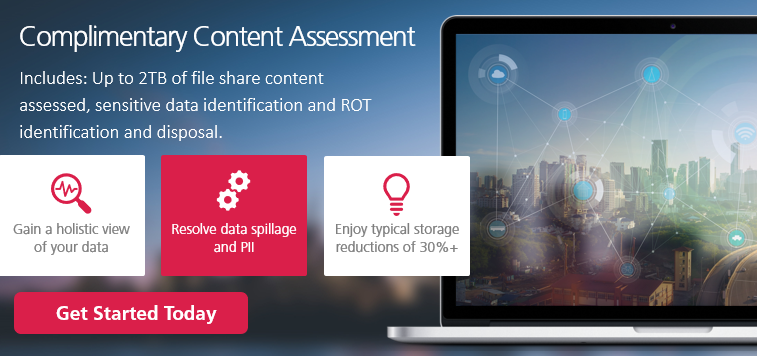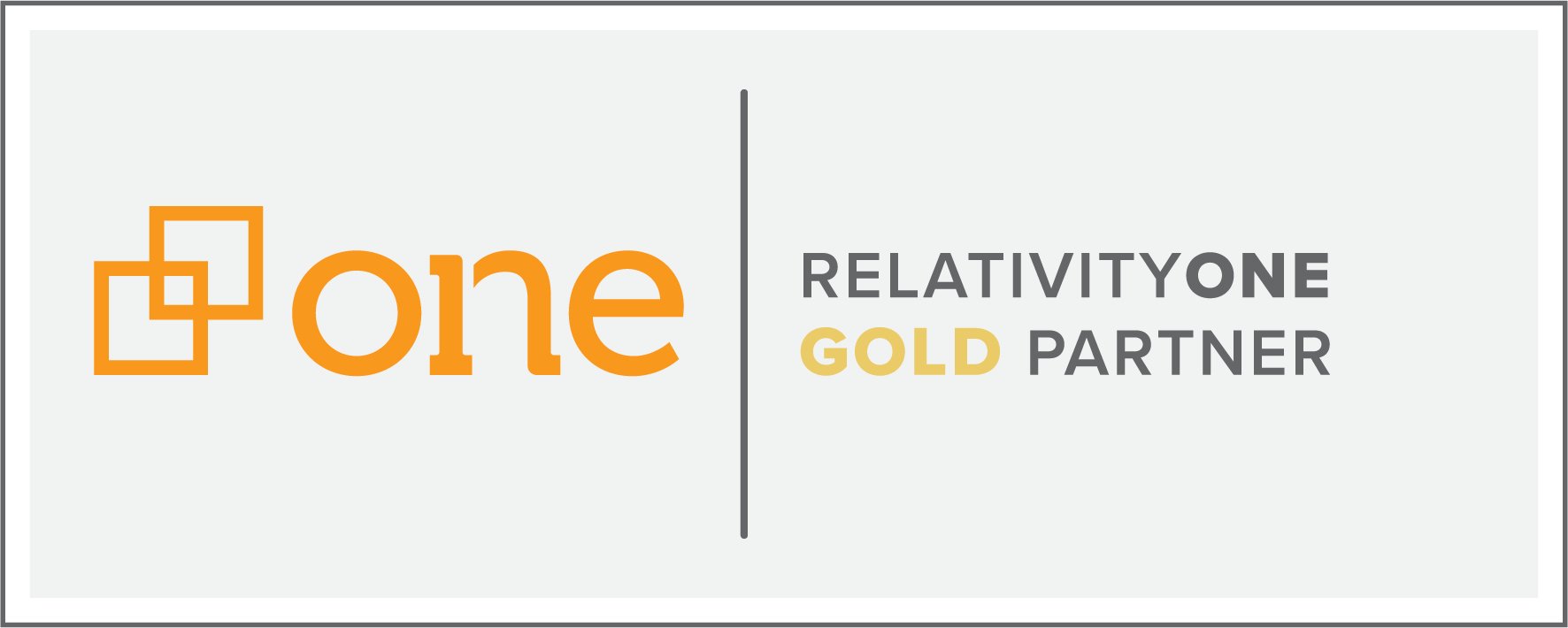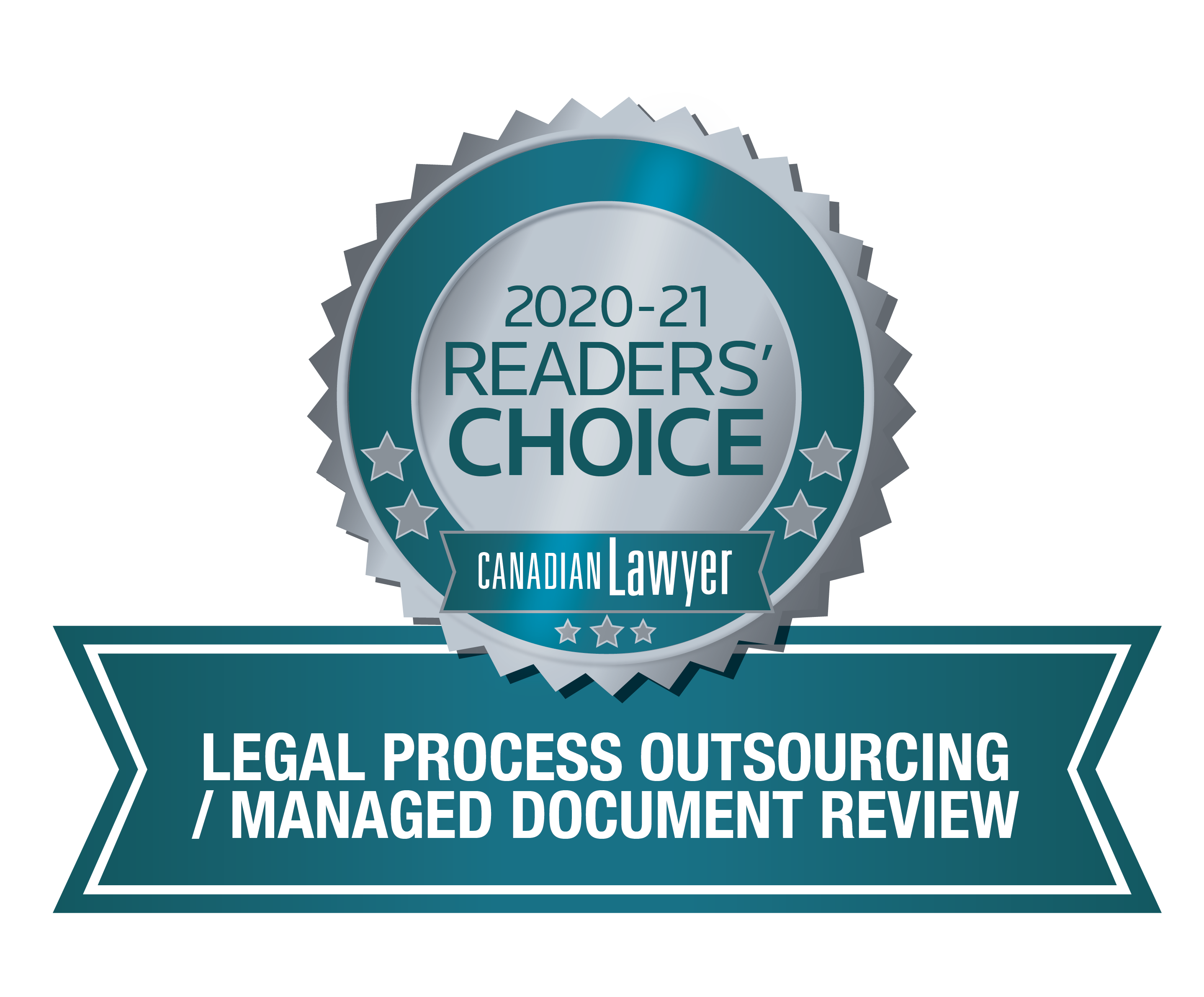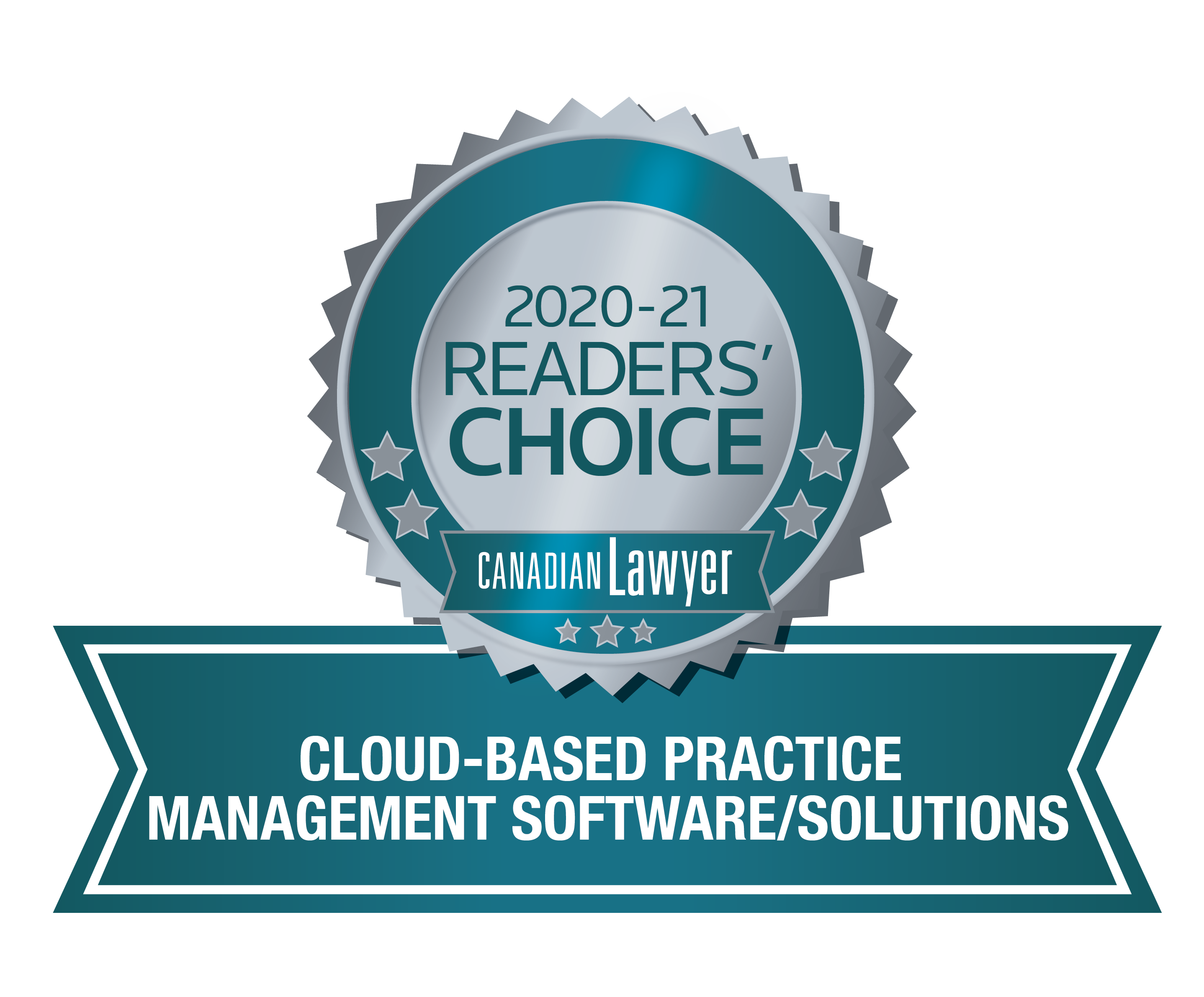
Each time I move, I end up with a few boxes of miscellaneous “stuff” that never gets unpacked. In fact, I’m not altogether sure I know what’s in them. I'm certain it's mostly junk, but I don’t dare throw it away. What if there’s something really special or valuable buried in the obsolete stuff? And so, I lug them from place to place “just in case.”
This scenario is not unlike working with unstructured data. After years of accumulation, your organization is likely holding on to a lot of redundant, obsolete and transitory (ROT) data that continues to collect out of fear that you are holding onto something valuable like Personally Identifiable Information (PII), Personal Health Information (PHI) or Intellectual Property (IP). When you don't know who owns the information, how important it is or who even uses it, it creates a seemingly endless cycle of data hoarding that doesn't give a line of sight into valuable information. After all, you can’t protect what you don’t know you have.
Why does retaining old data put you at risk?
Unstructured data in corporations is increasing at a rate of 62 per cent per year — and, by 2022, it’s predicted that 93 per cent of all data will be unstructured. On average, three per cent of that data contains sensitive information. Without managing your repositories, you’re at risk of carrying high quantities of ROT which can increase your risk footprint and overall IT costs for storage and infrastructure management.
Like many of us, enterprise corporations and legal organizations often have the mentality that they should never delete anything “just in case.” While that might sound like the safest option in theory, maintaining unmanaged data can put organizations at risk. The more data you have stored, the more exposed you are to a breach. As we know, it’s not a matter of “if” but “when” a breach could occur (or worse still, it’s already happened and you’re unaware).
Why should cleaning your data be a priority?
Cleaning your data comes with a myriad of benefits. In addition to ridding yourself of ROT, it can increase productivity and lower operational risk, improve your capacity to leverage technology, mitigate cybersecurity risk and enhance data literacy amongst your stakeholders.
Typically, a data mapping and defensible deletion of ROT project pays for itself with the amount saved in storage costs. Organizations can clean up 20-50 per cent of their data through remediation by de-duplicating and/or deleting data that’s outside of its retention period.
Why is it important to clean up your data before a migration?
If you’re gearing up for a data migration, it’s the perfect time to do a data clean-up. Just like with a real-life move, it’s always recommended to pare down on your belongings before bringing them to your new place. Classifying and creating succinct data inventories while defensibly deleting ROT means you’re only moving clean, usable data that can be protected appropriately — not purchasing excessive storage for ambiguous “boxes of stuff.”
How file analysis software can help unpack your unstructured data:
Wouldn’t it be nice if there was a way to know what’s in all those “boxes” without having to unpack them? A file analysis solution allows you to clearly map your data where it sits, whether that be on premise, in the cloud or a hybrid of the two. This way, your data remains protected behind your security measures (i.e., firewall) as opposed to sending it out where it could potentially be breached in transit.
Mapping your unstructured data saves you an average of 30-40 per cent in storage space by defensibly deleting e-trash and identifying where and what the 3 per cent (or more) of sensitive data is. Engaging with a File Analysis solution like ActiveNav can reduce the costs, effort and risks associated with your data. Additionally, it maintains a lightweight footprint in your network that won't slow down your system while it's analyzing. Plus, it will make your IT team very happy!
---
It can be difficult knowing where to start when reviewing years’ worth of data which makes unpacking it an especially daunting task. To learn more about data mapping and clean up, be sure to check out our free Data Mapping: Building the Bedrock eBook. Have questions? Get in touch with us today.
Try out our Complimentary Content Assessment
Typically, 70 per cent of data in corporations is found to hold no business value. Legal and eDiscovery efforts can be greatly reduced during litigation events when content that is past its regulatory or business use life is disposed of properly. Take advantage of our Complimentary Content Assessment below to take the first step towards achieving data governance and compliance in your organization.









